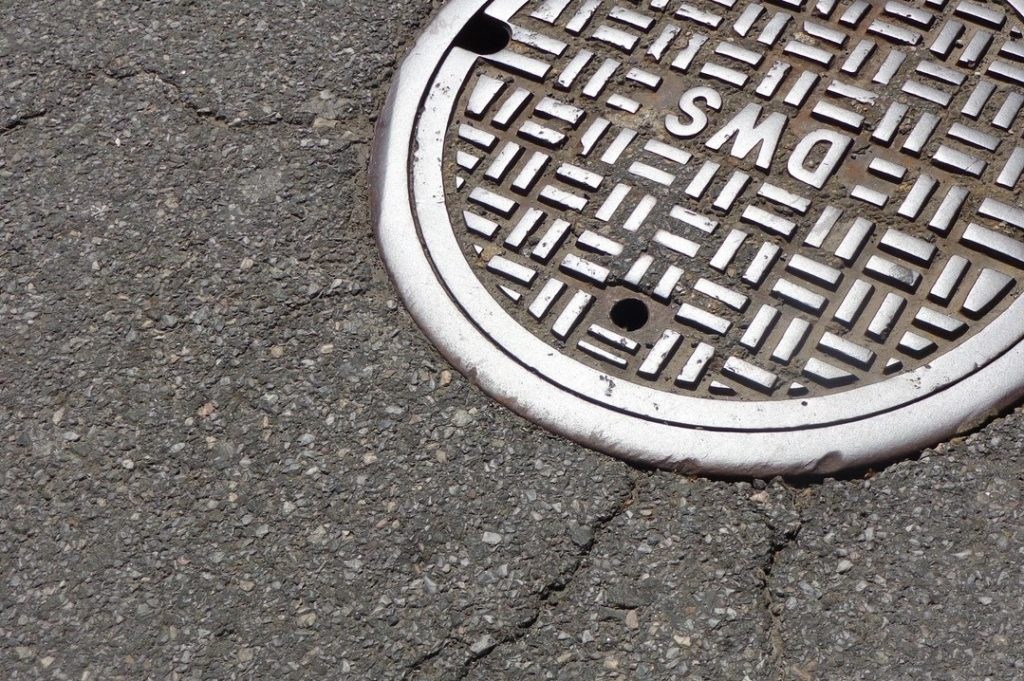Samples of water taken from the sewers of Leuven have shown that there is now a high number of infections in virtually all of the city’s neighbourhoods, the university has announced.
The city started a pilot project at the end of July, to take samples of sewer water and test for coronavirus.
Viral material is excreted by those who are infected, whether they are aware of it or not. In addition, since the sewers are well-mapped, the location where the sample was taken can allow researchers to trace the water back to its likely source.
Previously, the scientists were collecting water samples to map the patterns of drugs use in the city. Now the same techniques are being used to track coronavirus.
“For two months now, we have been measuring whether we can detect the coronavirus in various neighbourhoods,” Professor Bert Aertgeerts told the VRT.
“We have seen that in the beginning there was almost nothing, and that now almost all neighbourhoods are turning red. Where the results of the sewage water are positive, there are also many contaminations in that neighbourhood. We cannot verify whether they are students or people who live in Leuven.”
In the Netherlands, the State Institute for Public Health and the Environment published a daily report on the levels of virus in the sewers. The published figure is a national average based on all measurements at 300 locations, and therefore ignores local variations. The latest published measure is 826.1 viral particles in one millilitre of water. Or about 4,000 particles in a teaspoonful.
In September, the federal health institute Sciensano engaged E-Biom, a bio-monitoring start-up in Namur, to carry out an eight week pilot projects testing sewer water at 16 measuring points in Wallonia, two in Brussels and 24 in Flanders.
Testing waste water offers a number of advantages. Infected people will begin excreting viral matter even before they become symptomatic or are tested, allowing the researchers to determine where local hotspots are appearing.
Then, if all goes well, mobile track and trace teams can move into the area to test and trace contacts, placing infected people into isolation before they can infect others.
“We are now investigating how far in advance we can see traces of corona in the sewer water, in order to estimate where we can expect infections. And then we can focus on prevention in that area,” Prof. Aertgeerts said.
Alan Hope
The Brussels Times

